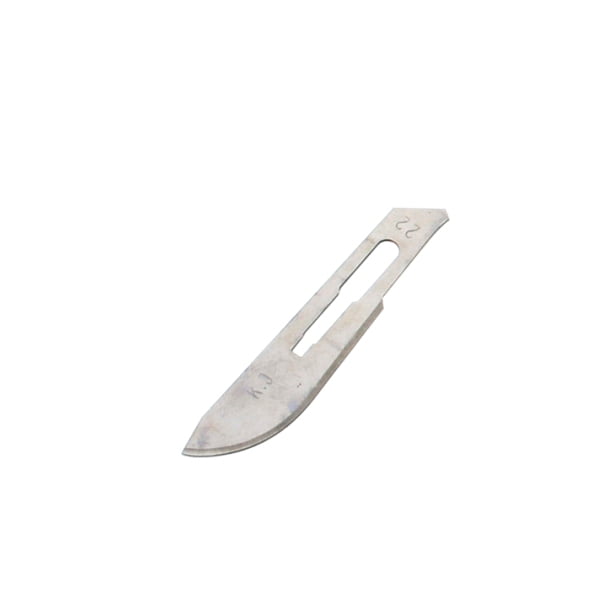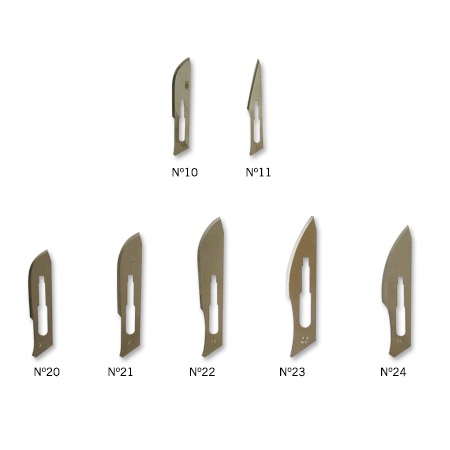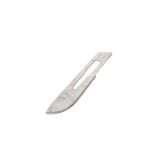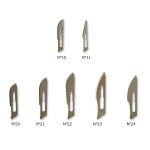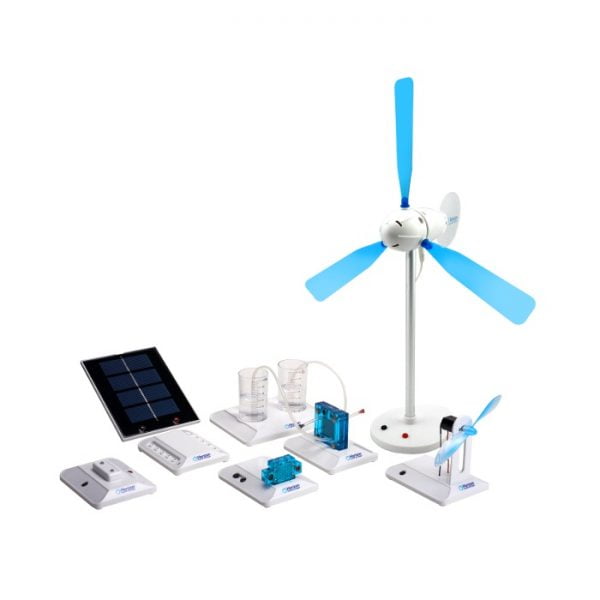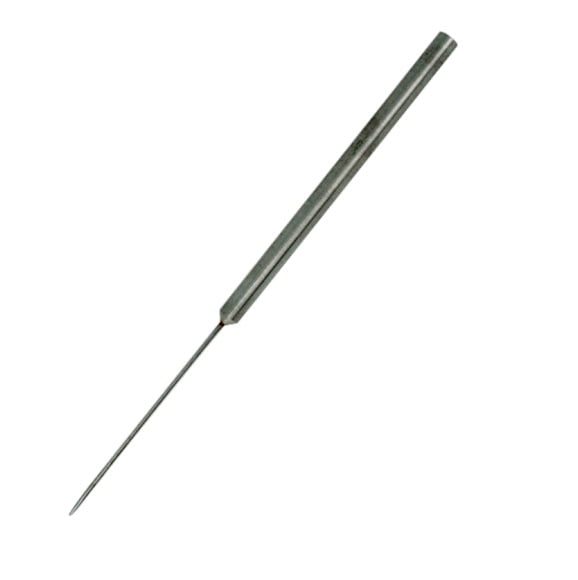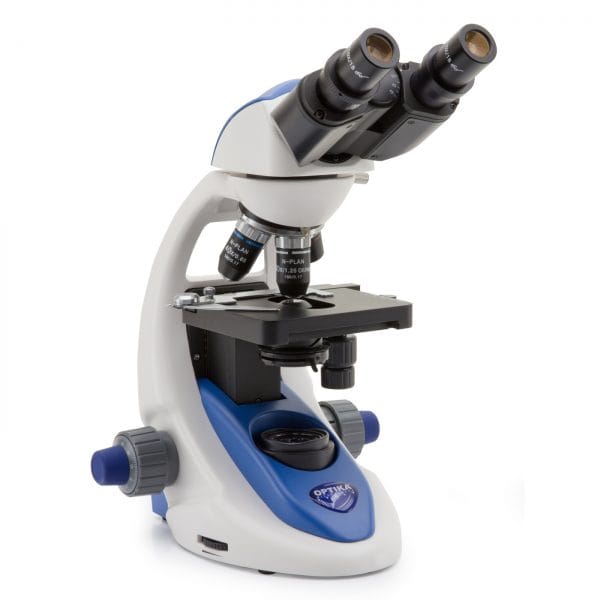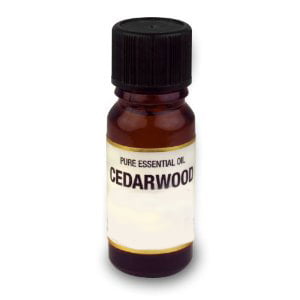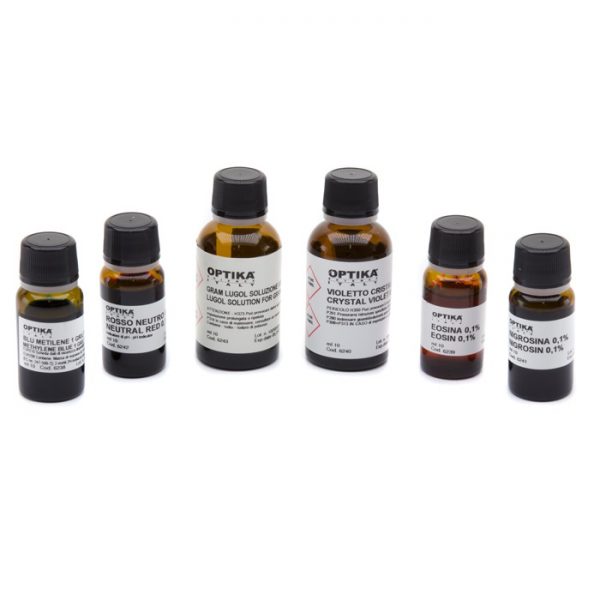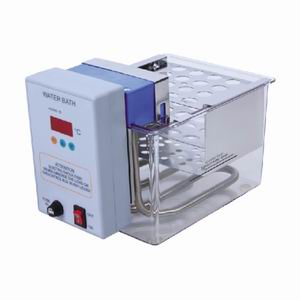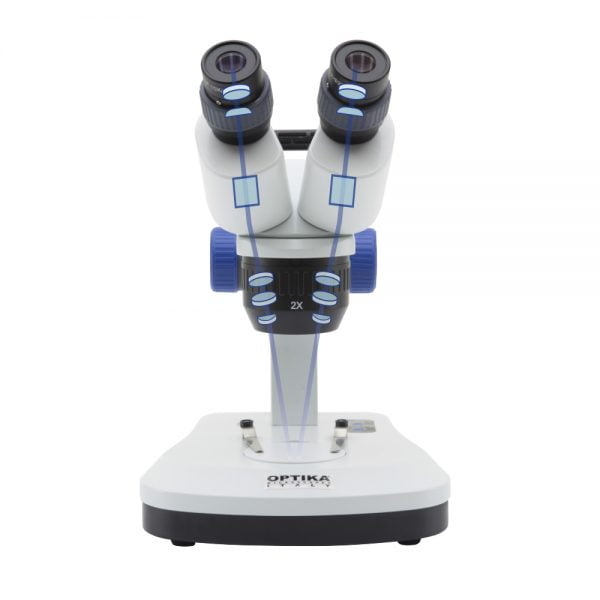Νυστέρι λεπίδα
Νυστέρι λεπίδα
Η τιμή αφορά ΤΕΜΑΧΙΟ
Διαθέσιμο στα κάτωθι μεγέθη:
- Νο #10
- No #11
- No #12
- No #15
- No #20
- Νο #21
- No #22
- No #23
- No #24
Για χρήση με το Νυστέρι λαβή
Decoding the Number Codes on Scalpel Blades
Scalpel Blade #10
Blade #10 has a large, curved cutting edge that looks similar to the shape of a traditional blade. This scalpel blade is used to make large incisions and cut soft tissues.
Scalpel Blade #11
Blade #11 has a long and triangular shape. The hypotenuse is the sharpest edge on the blade. This blade is used to make short, precise cuts that are not too deep because of its pointed tip.
Scalpel Blade #12
Blade #12 is a small and pointed instrument with a crescent-shaped blade. It is sharper on the inside edge of the curve and is mostly used as a suture cutter.
Scalpel Blade #15
Blade #15 is small and has a curved cutting edge. It is used for making short, precise incisions.
Scalpel Blade #20
Blade #20 is a large and curved blade. It is used to cut tissues and in procedures wherein, the surgeon has to make an incision or puncture.
Scalpel Blade #21
Blade #21 is similar to #20 with a large curved edge. It is also used for procedures where you need to cut tissues or make a puncture.
Scalpel Blade #22
Blade #22 is a larger version of #10. It has a short curved cutting edge that is flat. The back edge is unsharpened. Blade #22 is used to make large incisions, often passing through thick skin.
Scalpel Blade #23
Blade #23 is a leaf-shaped blade that is sharpened along the edge. The blade is used for making long incisions in areas such as the upper midline of the abdomen to repair a perforated gastric ulcer.
Scalpel Blade #24
Blade #24 is slightly larger than the No.23 blade, the No.24 is more semi circular in shape and is again sharpened along its leading edge. Used for making long incisions in general surgery and also in autopsy procedures.


 Φυσική
Φυσική Χημεία
Χημεία Βιολογία
Βιολογία Μαθηματικά
Μαθηματικά Περιβάλλον – Οικολογία
Περιβάλλον – Οικολογία Επιστήμες της Γης
Επιστήμες της Γης Τεχνολογία
Τεχνολογία Προσχολικά – Σχολικά
Προσχολικά – Σχολικά Ειδική Αγωγή
Ειδική Αγωγή Σχολικός Εξοπλισμός
Σχολικός Εξοπλισμός Τέχνες & Αθλητισμός
Τέχνες & Αθλητισμός Χειροτεχνία – Χαρτικά – Γραφική ύλη – Ζωγραφική
Χειροτεχνία – Χαρτικά – Γραφική ύλη – Ζωγραφική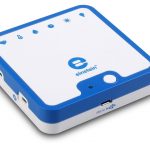 Ψηφιακή Τάξη
Ψηφιακή Τάξη Απαγωγοί
Απαγωγοί Ντουλάπες Φύλαξης
Ντουλάπες Φύλαξης Ψυγεία Καταψύκτες
Ψυγεία Καταψύκτες Εργαστηριακές Συσκευές
Εργαστηριακές Συσκευές Πάγιος Εργαστηριακός Εξοπλισμός
Πάγιος Εργαστηριακός Εξοπλισμός Χημικά Αντιδραστήρια
Χημικά Αντιδραστήρια Ιατρικός – Νοσοκομειακός εξοπλισμός
Ιατρικός – Νοσοκομειακός εξοπλισμός Μικροσκόπια – Στερεοσκόπια
Μικροσκόπια – Στερεοσκόπια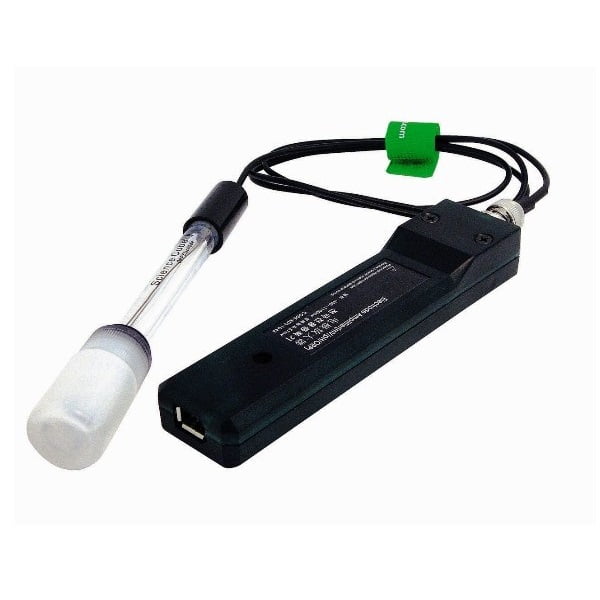 USB Αισθητήρες & MBL Αισθητήρες
USB Αισθητήρες & MBL Αισθητήρες STEM EDUCATION
STEM EDUCATION Science School
Science School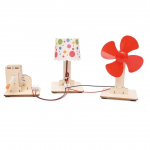 Εργαστήρια Δεξιοτήτων
Εργαστήρια Δεξιοτήτων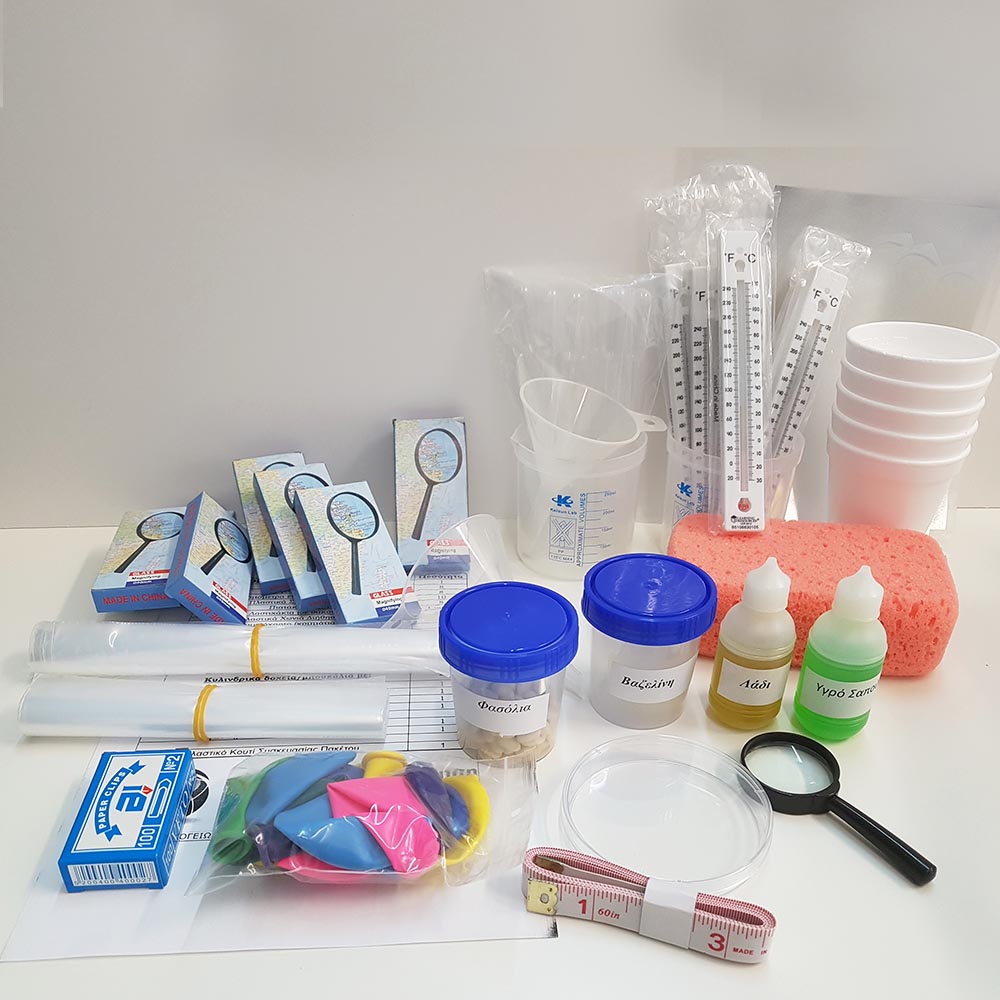 Φυσικών Επιστημών Προσχολικής
Φυσικών Επιστημών Προσχολικής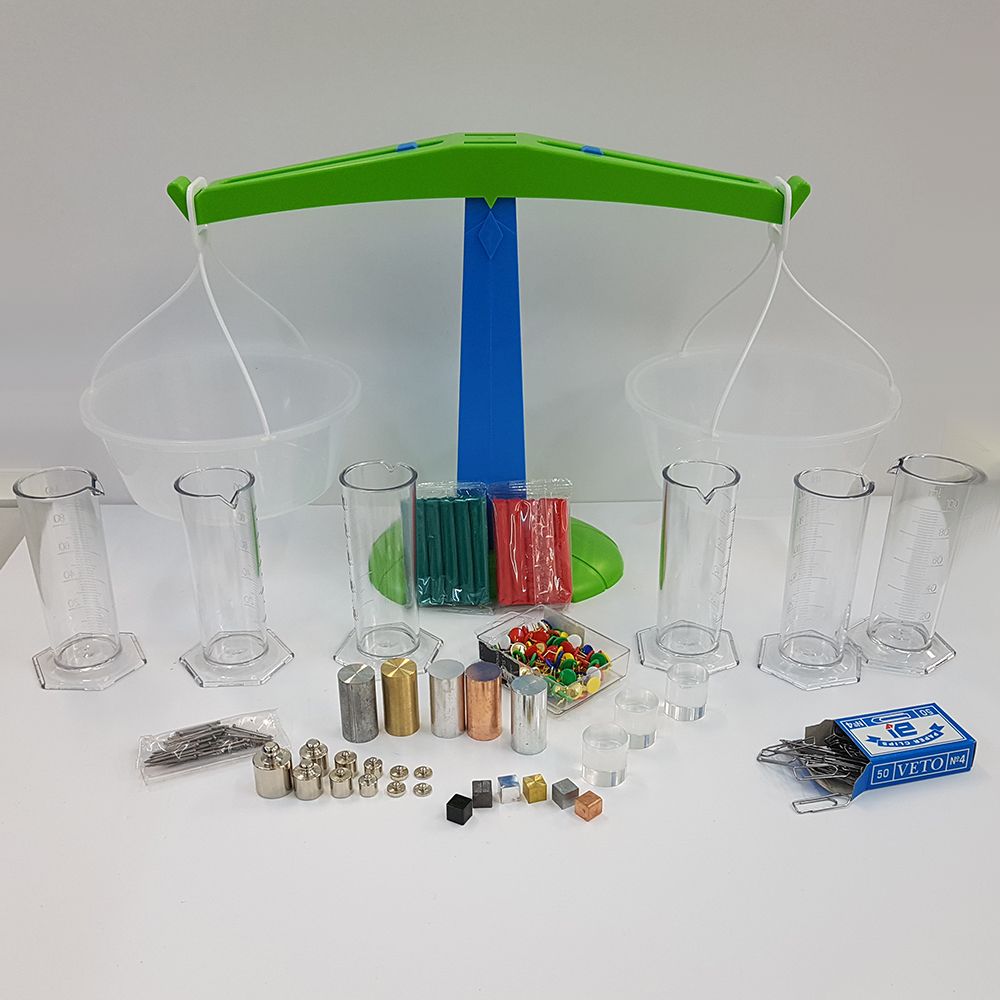 Φυσικών Επιστημών Ε & ΣΤ Δημοτικού
Φυσικών Επιστημών Ε & ΣΤ Δημοτικού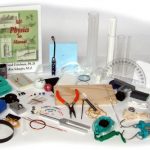 Πακέτα Ασκήσεων Δευτεροβάθμιας
Πακέτα Ασκήσεων Δευτεροβάθμιας Η Φυσική με Πειράματα – Γυμνασίου
Η Φυσική με Πειράματα – Γυμνασίου Εκπαιδευτικά Σετ
Εκπαιδευτικά Σετ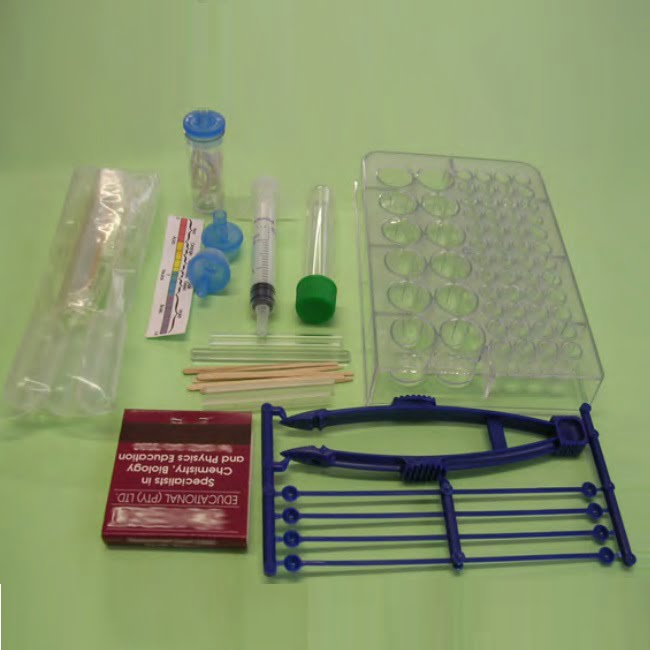 Εκπαιδευτικά Πακέτα Μικροκλίμακας
Εκπαιδευτικά Πακέτα Μικροκλίμακας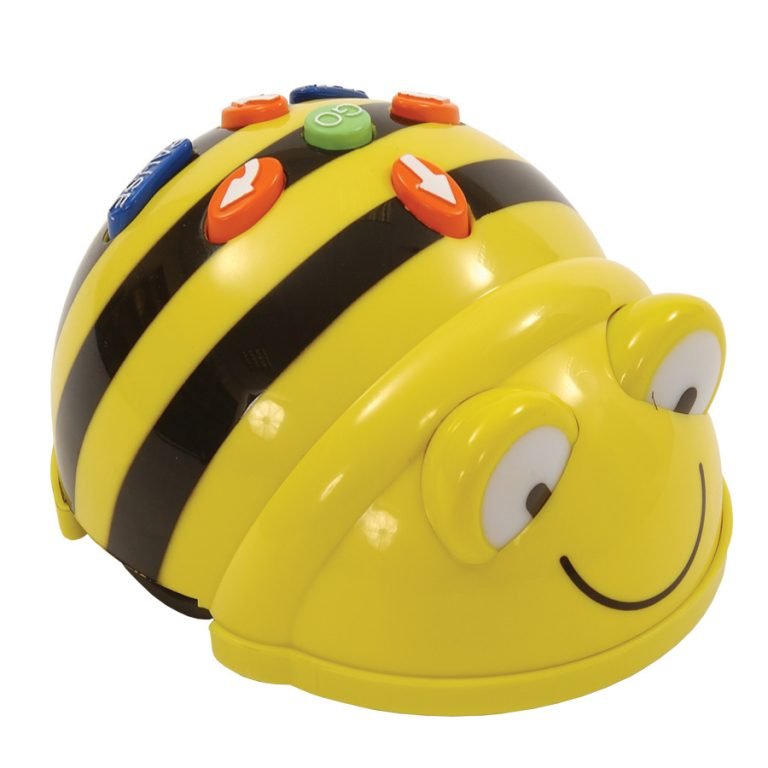 BeeBot
BeeBot Botzees
Botzees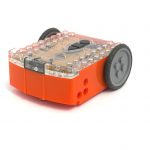 EDISON
EDISON Gigo
Gigo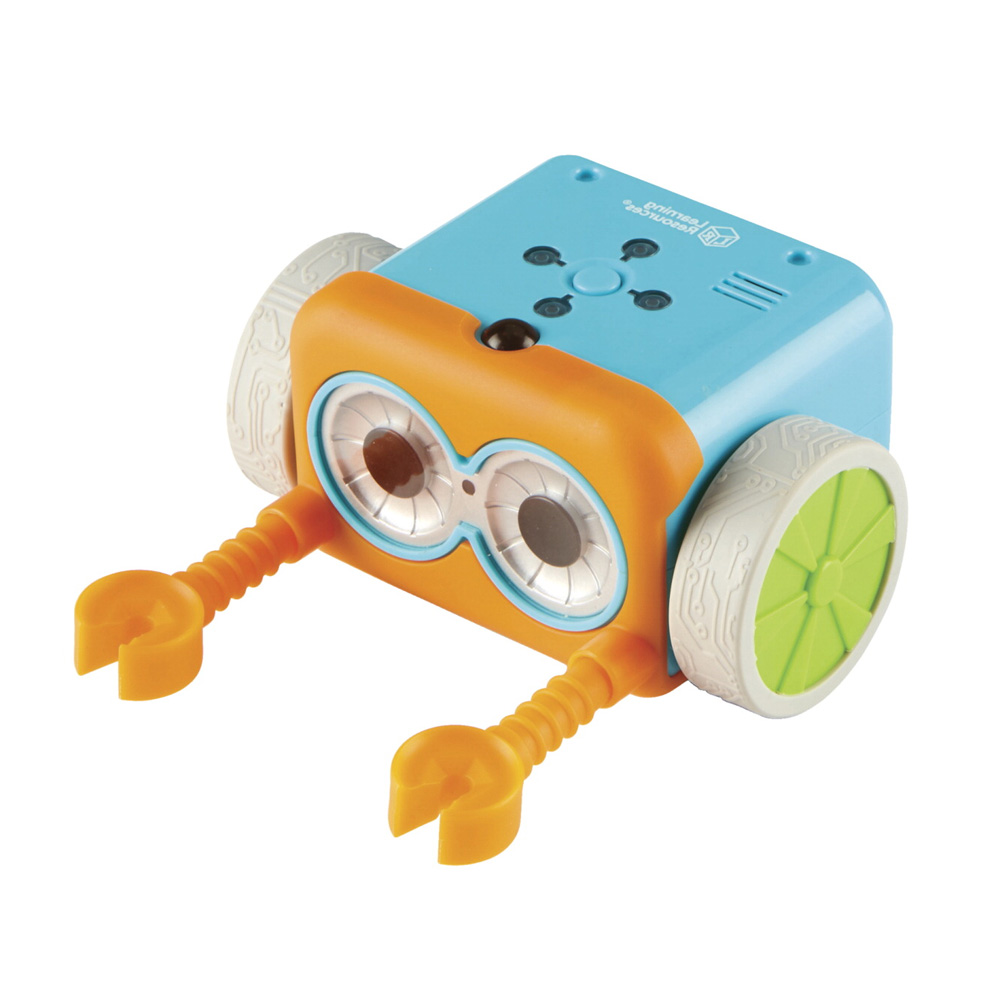 Botley
Botley Spike
Spike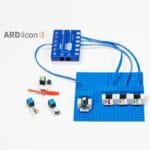 Εξοπλισμός Υπουργείου
Εξοπλισμός Υπουργείου Εξοπλισμός Σχολείων 1821
Εξοπλισμός Σχολείων 1821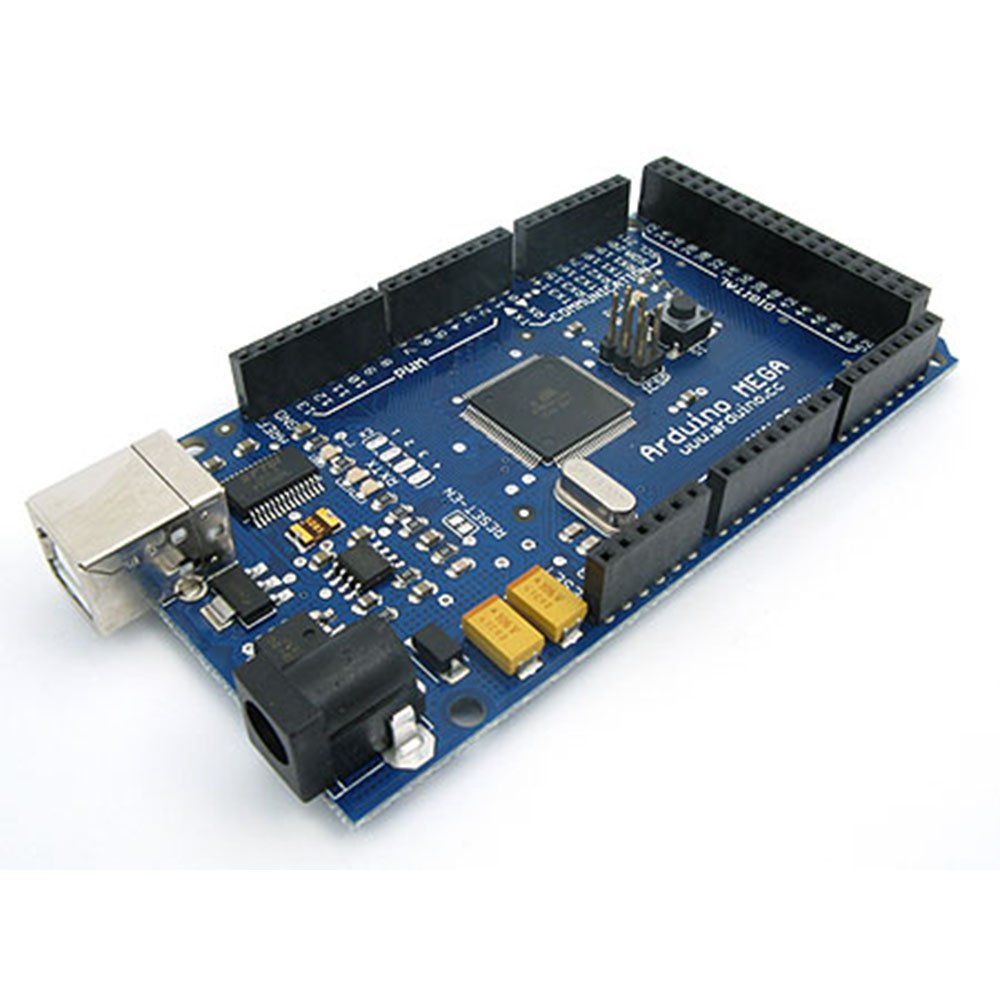 Arduino
Arduino MicroBit
MicroBit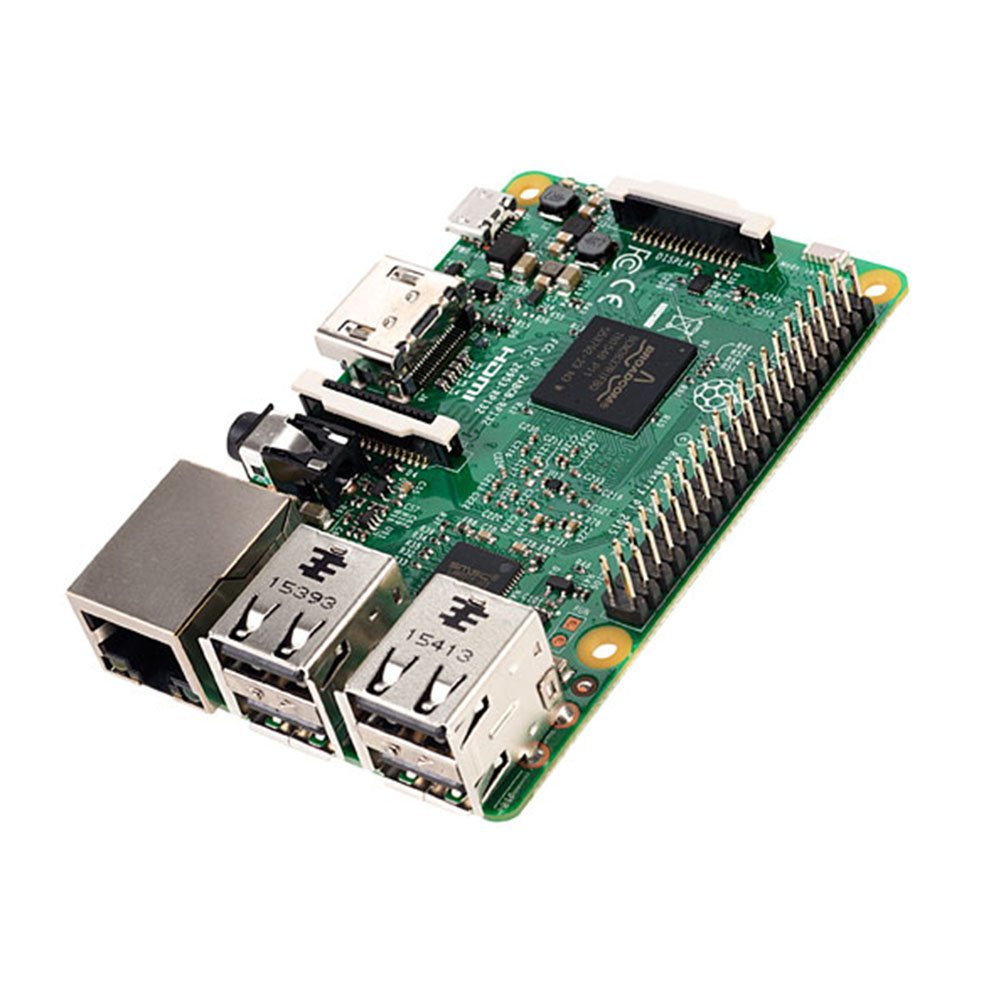 Raspberry Pi
Raspberry Pi Elecfreaks
Elecfreaks Keyestudio
Keyestudio Fischertechnik
Fischertechnik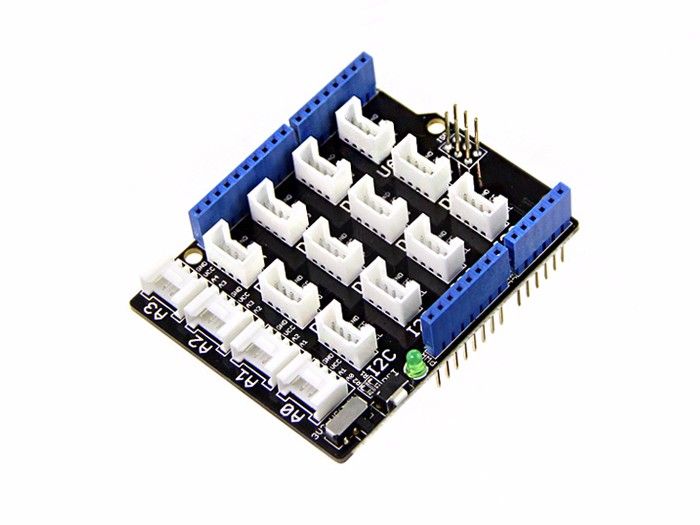 Grove Πλατφόρμα Ανάπτυξης
Grove Πλατφόρμα Ανάπτυξης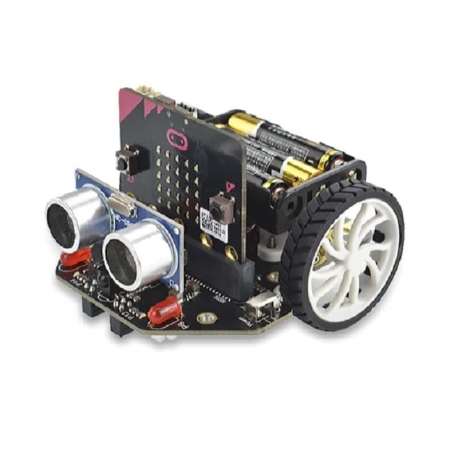 DFRobot
DFRobot WaveShare
WaveShare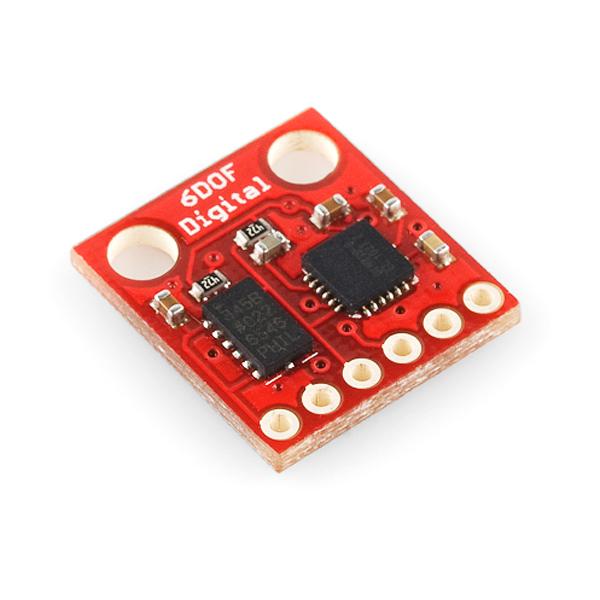 Αισθητήρες
Αισθητήρες Μοτέρ και Ενεργοποιητές
Μοτέρ και Ενεργοποιητές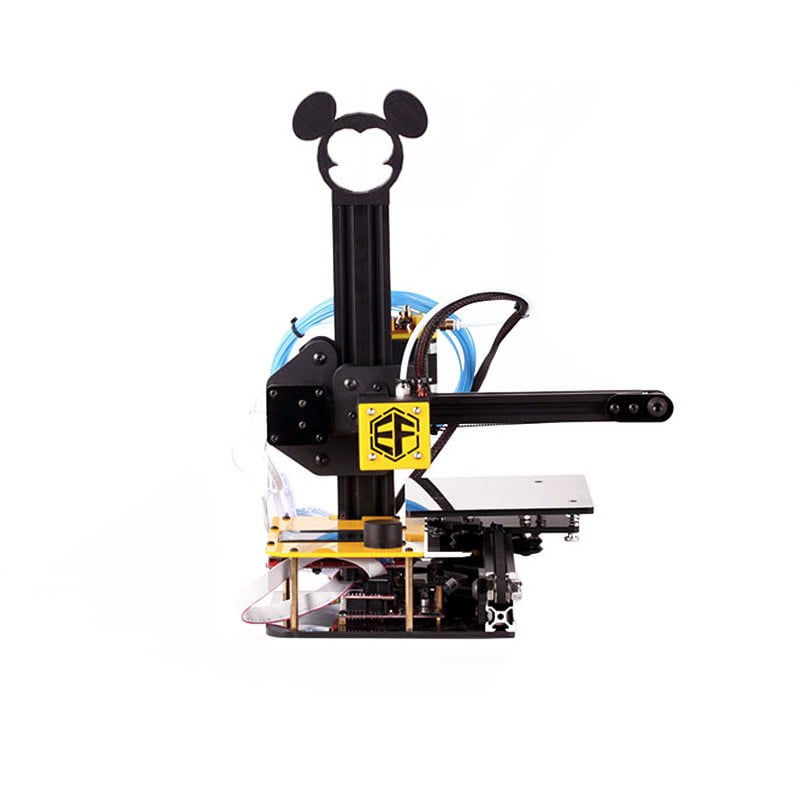 3D Printing
3D Printing Laser Engraver
Laser Engraver Προσφορές
Προσφορές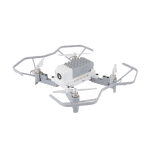 Drones
Drones